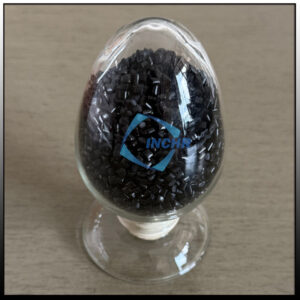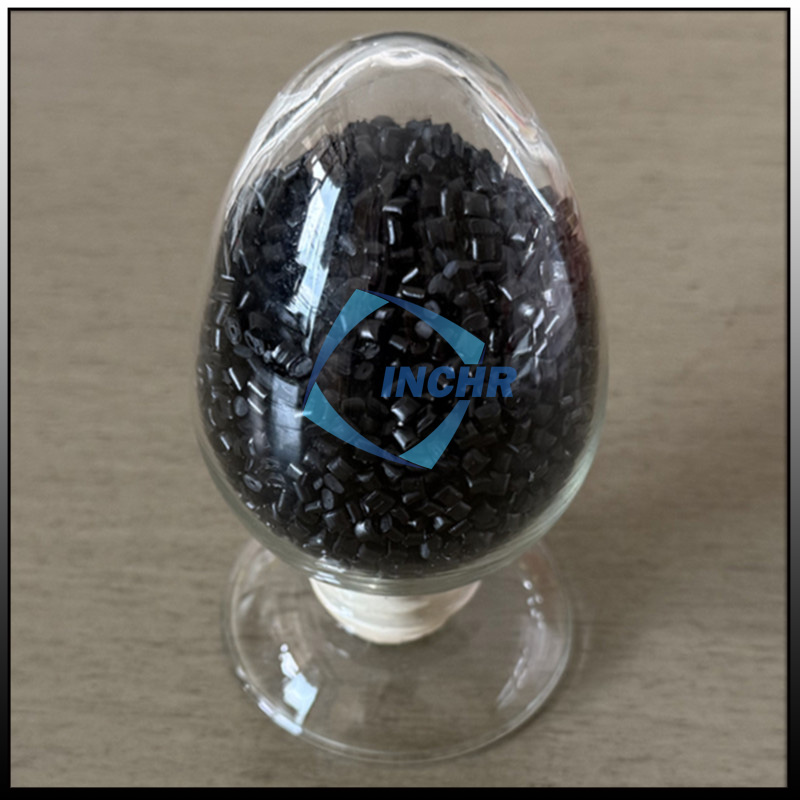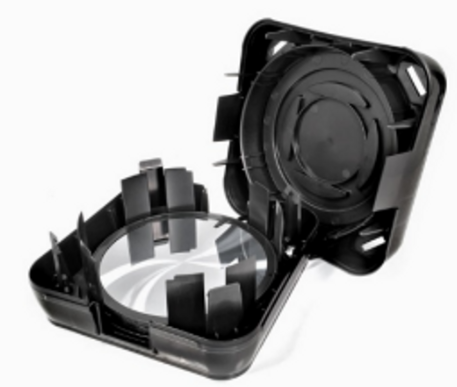What Is Carbon Fiber Reinforced Plastic ? Product Catalog
Carbon Fiber Reinforced Plastic (CFRP) is a composite material where carbon fibers, known for their tensile strength, are reinforced within a plastic polymer matrix. The fibers provide structural integrity, while the resin binds them together, ensuring uniformity and stability. This synergy results in a material that is both lightweight and incredibly robust.

Key Properties of CFRP
High Strength and Low Weight: CFRP is significantly lighter than metals like steel or aluminum yet offers comparable or superior strength. This property is critical for applications requiring weight reduction without compromising performance, such as in aircraft or high-end vehicles.
Exceptional Stiffness: The rigidity of CFRP makes it resistant to deformation under stress, ideal for structural components like wings, frames, and protective gear.
Corrosion Resistance: Unlike metals, CFRP does not rust or corrode, even in harsh environments. This longevity reduces maintenance costs and expands its usability in marine and chemical industries.
Fatigue Resistance: CFRP withstands repetitive stress better than most metals, ensuring durability in dynamic applications like robotics or machinery.
Design Flexibility: Manufacturers can mold CFRP into complex shapes, tailoring its properties to specific needs. This adaptability drives innovation in product design and engineering.
Applications of CFRP
CFRP’s unique properties make it invaluable across sectors:
Aerospace: Used in aircraft fuselages, wings, and interior components to reduce weight and improve fuel efficiency.
Automotive: Employed in high-performance cars for chassis, body panels, and braking systems to enhance speed and safety.
Sports Equipment: Integrated into bicycles, tennis rackets, and helmets to optimize agility and protection.
Medical Devices: Utilized in prosthetics and imaging equipment for its lightweight and non-reactive nature.
CFPR’s Challenges and Future Outlook
While CFRP offers numerous advantages, its high production cost and recycling difficulties remain challenges. However, ongoing research aims to develop more sustainable manufacturing methods and recycling techniques. As technology advances, CFRP is poised to play an even greater role in sustainable engineering and advanced manufacturing.
For deeper insights into composite materials, explore our guide on advanced manufacturing techniques




